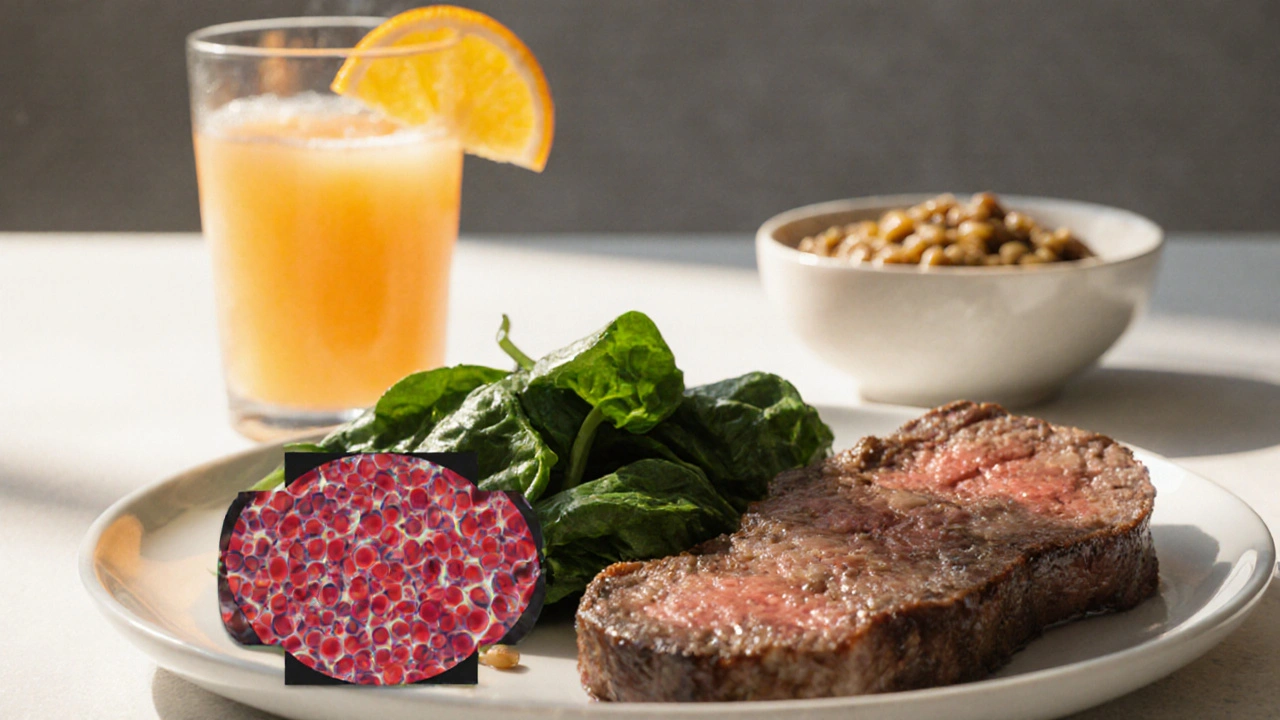Dietary Recommendations for Sickle Cell Anemia: What to Eat and Avoid
When you live with sickle cell anemia, a genetic blood disorder that causes red blood cells to become rigid and sticky, blocking blood flow and causing pain. Also known as sickle cell disease, it doesn’t just affect your blood—it shapes your whole body’s needs. What you eat isn’t just about feeling full. It’s about staying out of the hospital, avoiding painful crises, and keeping your energy up.
Good nutrition for sickle cell isn’t a fad diet. It’s about fueling your body with what it actually needs: folic acid, a B vitamin critical for making new red blood cells, iron-rich foods, to support hemoglobin production without overloading your system, and hydration, the single most powerful tool to keep blood flowing smoothly. Dehydration is one of the top triggers for a sickle cell crisis. Drinking water isn’t optional—it’s your first line of defense. Aim for at least 8 to 10 glasses a day, more if it’s hot or you’re active.
Focus on whole foods: leafy greens like spinach and kale for folic acid, beans and lentils for protein and iron, nuts and seeds for zinc and magnesium, and fruits like oranges and berries for antioxidants. These help fight inflammation and support your immune system. Avoid processed sugars, fried foods, and excessive salt—they can worsen inflammation and make your blood thicker. Alcohol and caffeine? They dehydrate you. Skip them, or limit them hard.
You don’t need expensive supplements to get it right. But if your doctor says you’re low on vitamin D, zinc, or folic acid, a simple supplement can make a big difference. Always talk to your care team before starting anything new. Some people with sickle cell take hydroxyurea, and diet can interact with how well it works. Your food isn’t just fuel—it’s medicine.
What you find below isn’t a list of miracle foods. It’s a collection of real, practical guides from people who’ve lived this—how one person cut down on crises by switching their breakfast, how another learned to eat for energy instead of just hunger, and what nutritionists actually recommend when the pain hits. These aren’t theories. They’re tactics. And they work.
Diet & Nutrition Strategies for Managing Sickle Cell Anemia
Learn how specific nutrients, hydration, and meal planning can help manage sickle cell anemia symptoms, reduce pain crises, and improve overall health.
More
